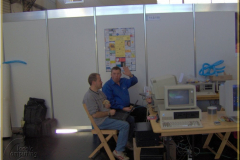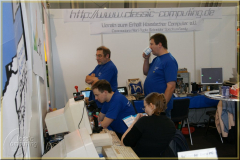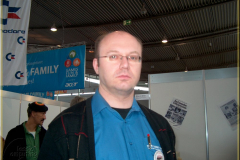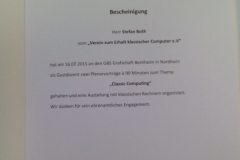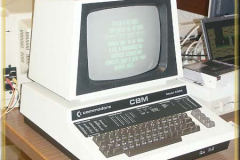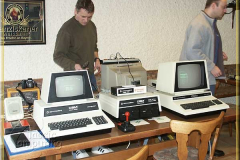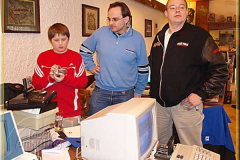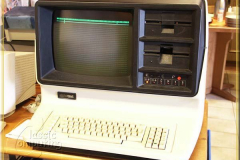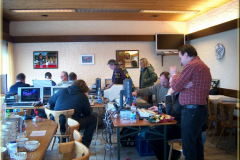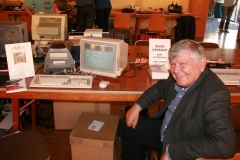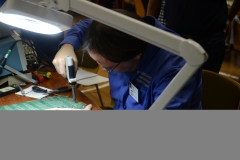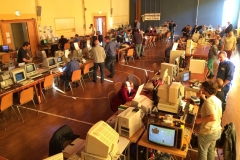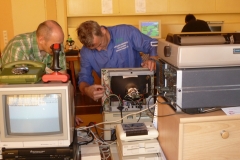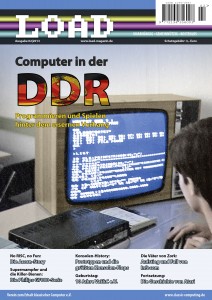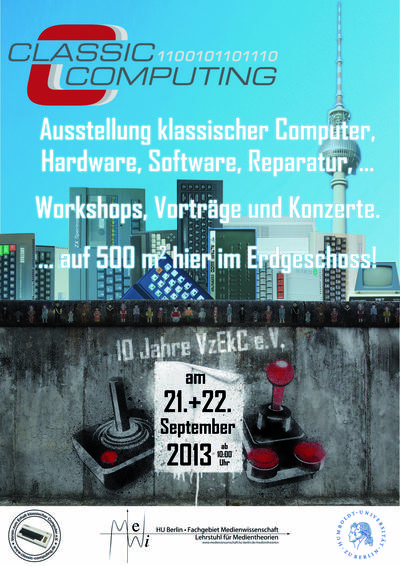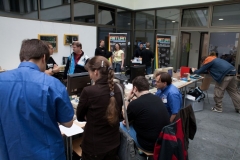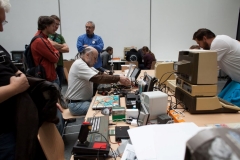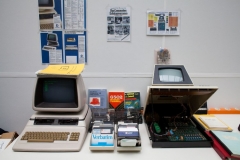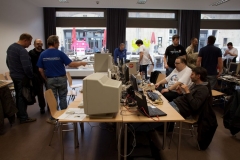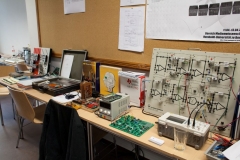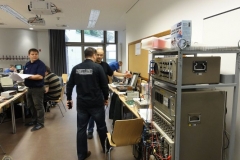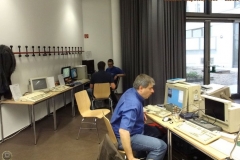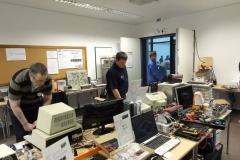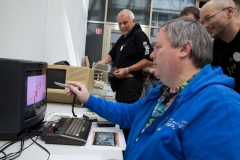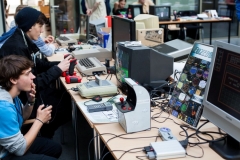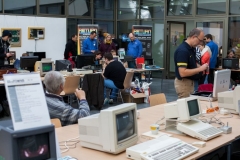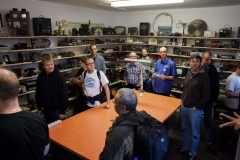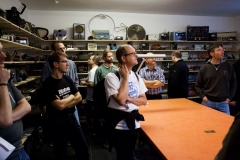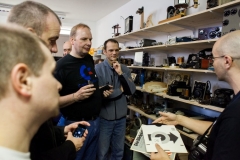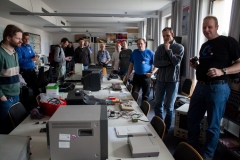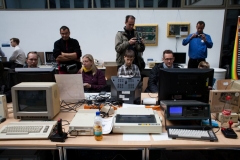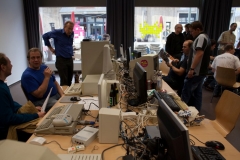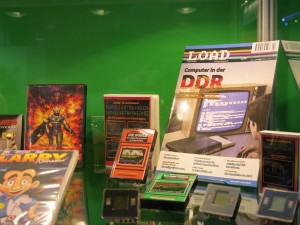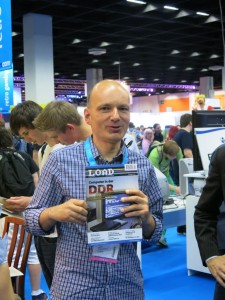Warum haben Sie einen (pers.) Computer zu Hause…?
(im Sinne von „warum passt der da rein – und warum ist er erschwinglich“?)
Die Vorträge zur Computergeschichte waren auch im Jahr 2015 wieder ein voller Erfolg. Es fanden zwei inhaltlich identische Vorträge statt:
- am 14.07.15 am Stadtring Gymnasium Nordhorn
(2 Std. mit Übungen) für Schüler/innen der Klassen 11 und 12
- am 16.07.15 an den Gewerblich Berufsbildende Schulen Nordhorn
(4 Std. mit Übungen) für Schüler/innen der Klassen 10 und die der Informatikkurse Q1234
Die Webseite des Gymnasiums Nordhorn berichtet:
„In einem spannenden und sehr lebhaft vorgetragenen Vortrag gab Stefan Both am 14.07.15 in der Aula für die Schüler der Klassen 10 und den Informatikkurs in der Q12 einen Abriss der Geschichte der elektronischen Datenverarbeitung von der Lochkarte bis zum PC von heute. Dauerte die Auswertung der amerikanische Volkszählung früher mehrere Jahre, so genügten 1890 ein paar Monate – inzwischen hatte der Ingenieur Hollerith die Lochkarte erfunden, auf der Informationen durch gestanzte oder eben nicht gestanzte Löscher kodiert wurden und mit Hilfe dieser Lochkarten war erstmals eine Art automatisierter Datenverarbeitung möglich. Aus der Firma Holleriths ging IBM hervor, ein (Welt-)Konzern, der seine Großrechner wie Hollerith seine Lochkartenmaschinen, nicht verkaufte, sondern nur vermietete und heute ist jeder Desktop PC IBM kompatibel, aber IBM verkauft keine PCs mehr.
Wie es dazu kam, erzählte Both in einem anschaulichen Durchgang durch mehr als 50 Jahre Computergeschichte. Dabei traten Akteure auf, die heute kaum noch jemand kennt und die doch einmal den Weltmarkt beherrschten. Es war ein Kampf voller Innovationen und Intrigen, ein Kampf auch von Männern (und wenigen Frauen), die in Freundschaft verbunden, sich mit ihren jeweiligen Erfindungen zusammentaten und dabei System schufen, die dem späteren IBM-PC weit voraus waren. Aber auch von Männern, die andern zu schaden versuchten, wo es nur ging und in Kauf nahmen, dass gute Produkte untergingen, wenn mit ihnen nur ein verhasster Gegner von der Bildfläche verschwand. Was Both erzählte und in schnellen Bildern verdeutlichte, mutet wie ein dunkles Kapitel einer Art Evolutionsgeschichte an, in der nicht das beste, sondern das schlechteste System überlebte, weil seine Protagonisten (IBM und Bill Gates) zur rechten Zeit am rechten Ort waren, die richtigen Entscheidungen trafen und vor dem „Kopieren“ geistigen Eigentums nicht zurückschreckten.
Jedenfalls wurde deutlich, dass die heutige PC-Technologie zwei sehr verschiedenartige Wurzeln hat, die immer noch das Geschehen bestimmen: Datenverarbeitung (Hollerith) und Videospiele. Erst der PC als Spielgerät machte es zu einem massentauglichen Gerät.
Einige System aus der Vorgeschichte dieses Zweiges der Entwicklung hatte Both im Voraum aufgebaut. Atatri, Amiga, Commodore und alte Apple-Geräte wirken mit ihrer groben Auflösung und den Diskettenaufwerken (5 ½ Zoll!) wie Fossile – und doch leben Sie noch und Spiele können immer noch auf ihnen gespielt werden. Dank Menschen wie Stefan Both, die sich nicht nur für die „Geschichte“ der Computertechnik interessieren, sondern auch für die Hardware in dieser Geschichte und die aus Liebe zu den alten Geräten, „die noch eine Seele hatten“ für ihr Überleben sorgen.
Es war ein spannender und kurzweiliger Vortrag, dessen reicher Inhalt hier nur in gröbsten Umrissen wiedergegeben werden konnte.“
(Georg Schöffel)
Die folgenden Bilder zeigen, wie gut die Vorträge aufgenommen wurden.

